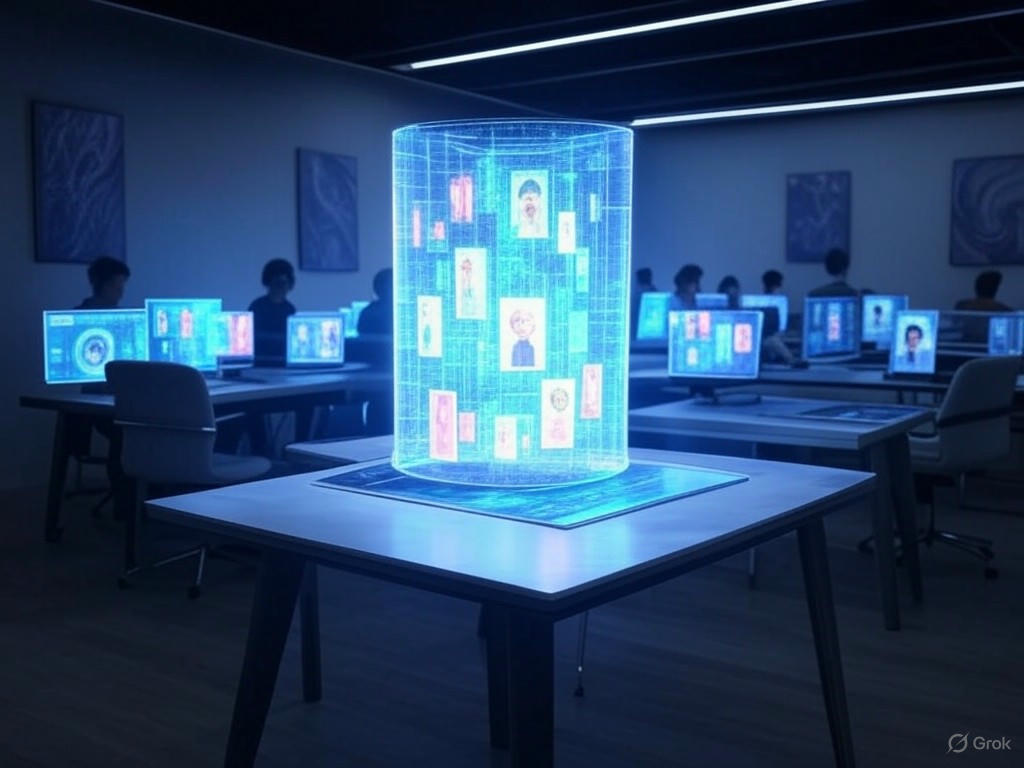In the rapidly evolving world of digital entertainment, Non-Fungible Tokens (NFTs) have emerged as a groundbreaking technology in game development. As we look towards the future, several trends and predictions indicate a significant shift in how games are created, experienced, and monetized. This article explores the potential pathways NFTs may take in game development, focusing on technology adoption, regulation, and their role in the mainstream, metaverse, and Web3 ecosystems.
Current State and Future Trends
NFTs have already made a notable impact on the gaming industry, with many developers integrating these tokens into their games to represent unique in-game items or assets. As we move forward, the trend is likely to continue, with NFTs becoming more sophisticated and integrated into gameplay mechanics. The technology is expected to evolve, offering more seamless and user-friendly experiences for gamers.

One of the key future trends is the increased use of NFTs in creating player-driven economies. This approach allows players to truly own their digital assets, trade them, and even earn real-world value from their in-game activities. The rise of play-to-earn models is a testament to this trend, where players can earn NFTs by participating in games and then sell or trade them on external marketplaces.
Predictions for NFTs in Game Development
Looking ahead, several predictions can be made about the role of NFTs in game development:
-
Increased Mainstream Adoption: As the technology matures and becomes more accessible, NFTs are predicted to gain more widespread acceptance in the gaming community. This mainstream adoption will likely be driven by major gaming companies integrating NFTs into popular titles, thus normalizing their use among casual gamers.
-
Regulation and Standardization: As NFTs become more prevalent, governments and industry bodies are expected to introduce regulations to protect consumers and standardize practices. This could lead to a more stable and trustworthy environment for both developers and players.
-
Integration with the Metaverse and Web3: NFTs are poised to play a crucial role in the development of the metaverse and the broader Web3 ecosystem. They will serve as the building blocks for virtual worlds, enabling users to own, trade, and monetize their digital experiences in ways that were previously unimaginable.
-
Technological Advancements: The future of NFTs in game development will also be shaped by technological advancements. We can expect to see improvements in blockchain technology, such as faster transaction speeds and lower costs, which will enhance the user experience and make NFTs more viable for mainstream gaming.

Challenges and Considerations
While the future looks promising, there are challenges that need to be addressed. Issues such as environmental concerns related to blockchain technology, the potential for market volatility, and the need for user education will all play a role in shaping the trajectory of NFTs in game development.
Conclusion
The future of NFTs in game development is filled with potential and promise. As trends evolve and predictions come to fruition, the gaming industry is set to undergo a transformation that will redefine what it means to play, own, and create in digital worlds. With careful consideration of the challenges and a focus on innovation, NFTs could well become a cornerstone of the next generation of gaming.